Average sizes and life expectancy for this breed:
The graceful, friendly Cavalier King Charles Spaniel is one of the largest toy breeds, with distinct large round eyes and endearing droopy ears. These dogs were adored by King Charles I and his son, King Charles II, and went everywhere with them.
Cavalier King Charles Spaniels are little bundles of fun and joy. They are easy to train and have a gentle, playful nature that makes them great canine companions for kids of all ages. They also make great therapy dogs.
These dogs are highly affectionate lapdogs. However, they also excel at agility and rally courses due to their origin as hunting dogs. Bear in mind that this trait can have them shooting off when they pick up an appealing scent. So, it's best to keep these dogs on a lead outside until fully trained.
The Cavelier King Charles Spaniel has won over royal hearts since the 17th Century, and they continue to be a very popular breed today. These dogs will make friends with everyone they meet and are incredibly adaptable. Cavelier King Charles Spaniels are just as happy in an apartment as they are in a large home, as long as they get all the mental and physical stimulation they require.
See available puppies
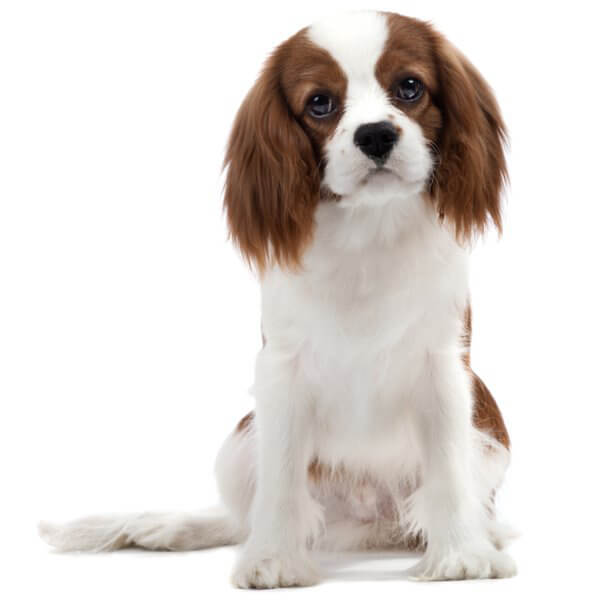

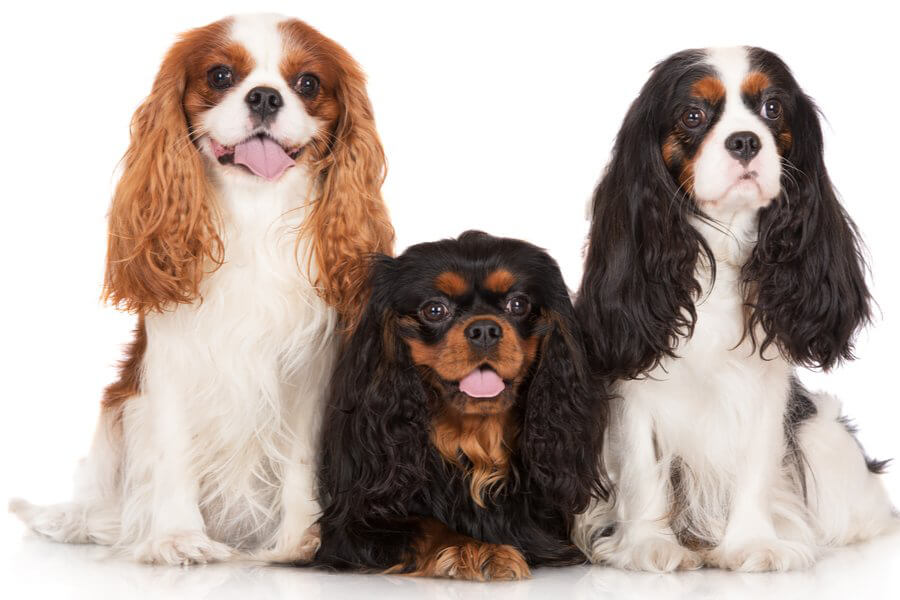


Modern Cavalier King Charles Spaniels are direct descendants of small toy spaniels that were commonly depicted in paintings and pictures during the 16th and 17th centuries. During Tudor times, toy spaniels were often kept as pets by court ladies. However, it wasn’t until the Stuart period that these dogs became popular with Monarchs. King Charles II famously adored these little dogs and was rarely ever seen without 2 or 3 of them by his side. This is when they were given the Royal title of King Charles Spaniels. These dogs were famed as loyal lapdogs and sporting companions for years.
However, after King Charles II died in 1685, the appearance of the Cavelier King Charles Spaniel began to change dramatically due to an increasing fascination with Asian flat-nosed breeds such as Pugs. The characteristic long-nosed Spaniels of King Charles II were replaced by much flatter-faced dogs with undershot jaws and domed skulls by the 1800s. During Queen Victoria’s reign, these dogs were bred extensively as their popularity increased.
During the early 19th century, numerous breeders tried to bring back the original look of the Cavelier King Charles Spaniel. In fact, Roswell Eldridge placed an advertisement in a dog show catalogue daring British breeders to try and bring back the original toy spaniels. He even offered prize rewards. However, his mission was largely unsuccessful as the flat-faced Cavelier King Charles Spaniel had already taken hold across England.
The first breed standard was set up in 1928 alongside the formation of the first Cavelier King Charles Spaniel club in the UK. They were formally recognised by the Kennel Club in 1945.
The breeding of the Cavalier King Charles Spaniel in the United States took hold on a limited basis in the 1950s. The American Kennel Club did not fully recognize the breed until 1996.
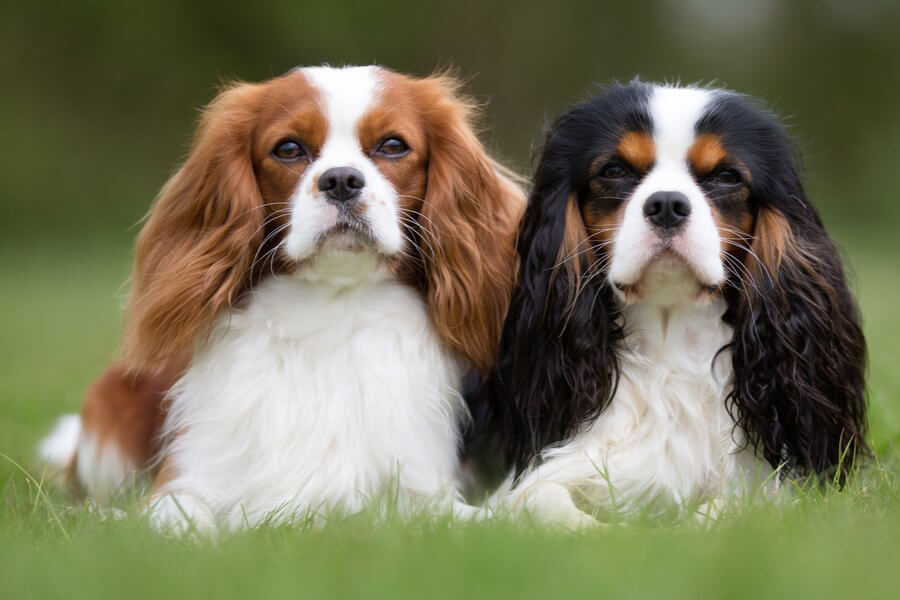
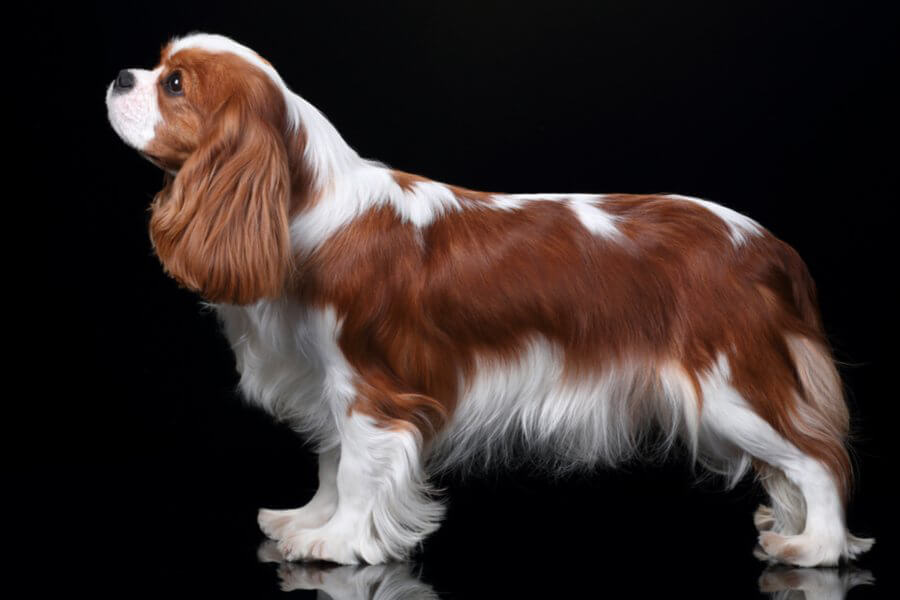
The overall appearance of the Cavalier King Charles Spaniel is elegant and regal, yet charmingly cute. The large round eyes are the hallmark of this breed. They are dark in colour and set wide apart on the head.
The Cavelier King Charles Spaniel is one of the largest toy dog breeds in the world. However, it still only stands at around 32cm tall. Their skulls are flat on top with a well tapered muzzle. Their long ears are set high and have plenty of feathering.
These dogs have slightly arched necks and deep chests. Their overall body structure is compact with straight legs and a fluffy tail that should not sit much above the back. The tails were previously docked however, no more than a third of its length could be removed under the UK breed standard.
Their coats are long, silky, and often slightly wavy. They also have plenty of feathering, especially around the legs, tail, and underside. Acceptable coat colours of this breed are as follows:
Blenheim – Chestnut markings on a pearly white background
Ruby – A rich red with no white markings
Tri-colour – Black and white patches with tan markings on the cheeks, eyes, inside the ears, inside the legs, and on the underside of the tail.
Black and tan – Black with tan markings above the eyes, on the cheeks, inside the ears, on the chest, legs, and underside of the tail.
The Cavalier King Charles Spaniel is an affectionate, playful, and intelligent dog that is very eager to please. This makes them highly trainable. Shyness and aggression are not part of this dog breed's behavioural repertoire. These fun-loving dogs are excellent with children and their longingness to interact with their families makes them a joy to have around.
Cavalier King Charles Spaniels are gentle, calm, and incredibly loyal. They are also highly social and get along well with strangers. However, this means that they don’t make the best watchdogs! They are undemanding little dogs that adapt well to all lifestyles. Saying that, these dogs don’t like to be left alone for long periods because they crave human contact. They will happily follow you wherever you go, whether that’s the kitchen, the garden, or to the shops.
Cavelier King Charles Spaniels are not known to be big barkers because of their docile natures. However, like all dogs, you can get exceptions. To make sure your Cavelier King Charles puppy grows up to be a well-rounded adult, make sure you expose them to a variety of sights, sounds, smells, and other humans and pets while they are still young.
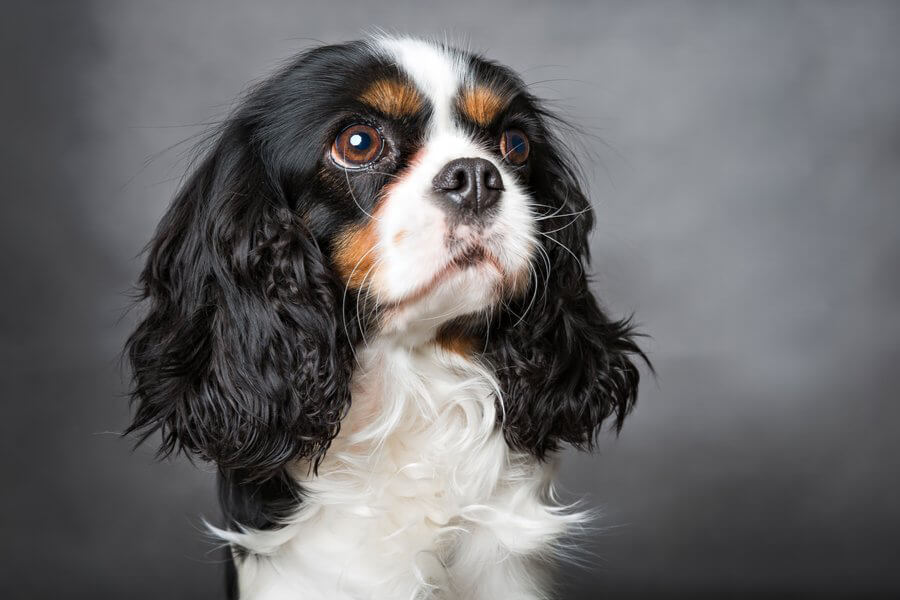
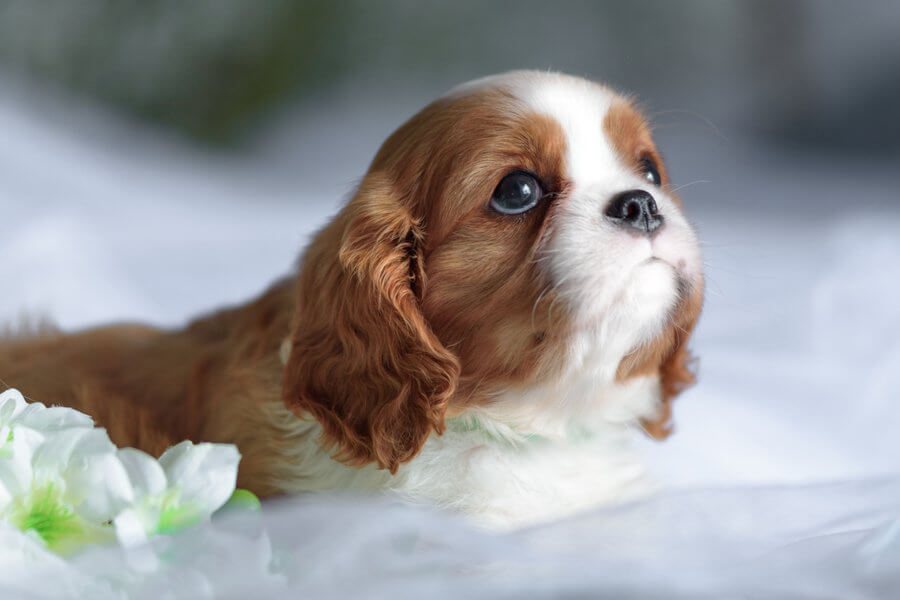
The Cavalier King Charles Spaniel is well-known to be intelligent and very willing when it comes to training. However, like any other dog, their training must begin early in life.
Cavelier King Charles Spaniels respond very well to positive reinforcement training, especially if tasty treats are involved. Due to their gentle natures, you should never scold these dogs or use harsh training methods as this can cause them to become withdrawn.
These dogs have a bit of a reputation for being difficult to house train. However, if you stick to a regular potty schedule you shouldn’t have much of a problem.
In addition, it can be helpful to exercise your puppy with a ball game or an energetic walk before training to ensure they don’t lose focus. You can also use their hunting instincts to your advantage by playing games such as ‘find the treat’. Mutual respect is essential when it comes to training a Cavalier King Charles Spaniel.
Cavalier King Charles Spaniels require regular brushing to keep their medium-long length coats in good condition. At least 4 times a week is required however, daily brushing with a bristle or pin brush is ideal. It can also be helpful to lightly mist their coats with water before brushing around their ears and skirts as the long hair is prone to tangling.
In addition, these dogs require regular bathing every 1-2 weeks. However, keep an eye on their skin if you are bathing this often because many shampoos can dry out the skin.
If your dog spends a lot of time outdoors, you may also want to consider getting their coat professionally groomed and trimmed every 6 weeks or so.
Cavelier King Charles Spaniels have long droopy ears which can make them prone to developing ear infections. Clean out the ears regularly using a damp cotton wool ball and a vet-approved ear cleaner. If you notice any redness, irritation, or swelling, its best to get your dog to the vet as these can be signs of an infection.
The eyes should always be clear and free from discharge. It’s also a good idea to check over the rest of the body regularly for any cuts, abnormal lumps, redness, or unusual discharge. This will help you to pick up on any potential health issues early.
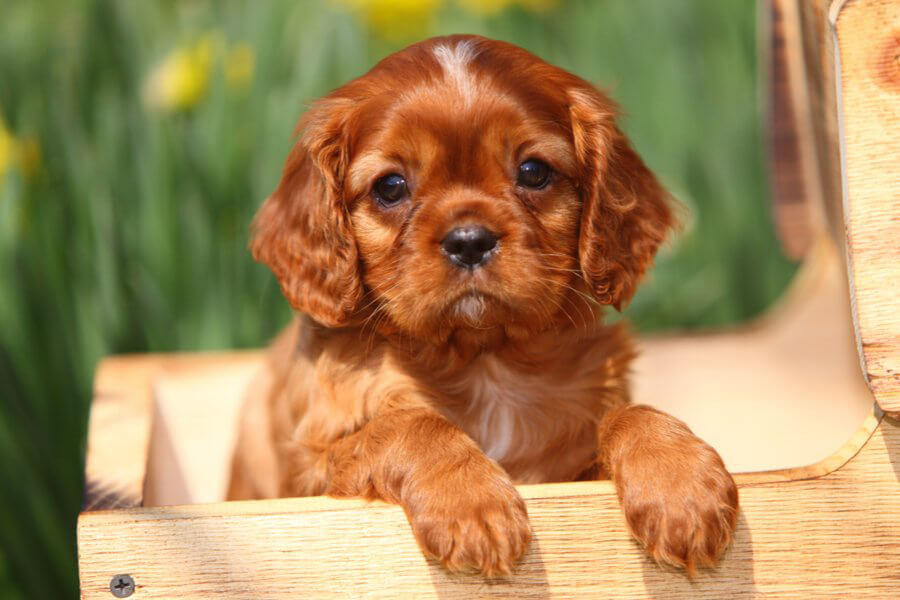
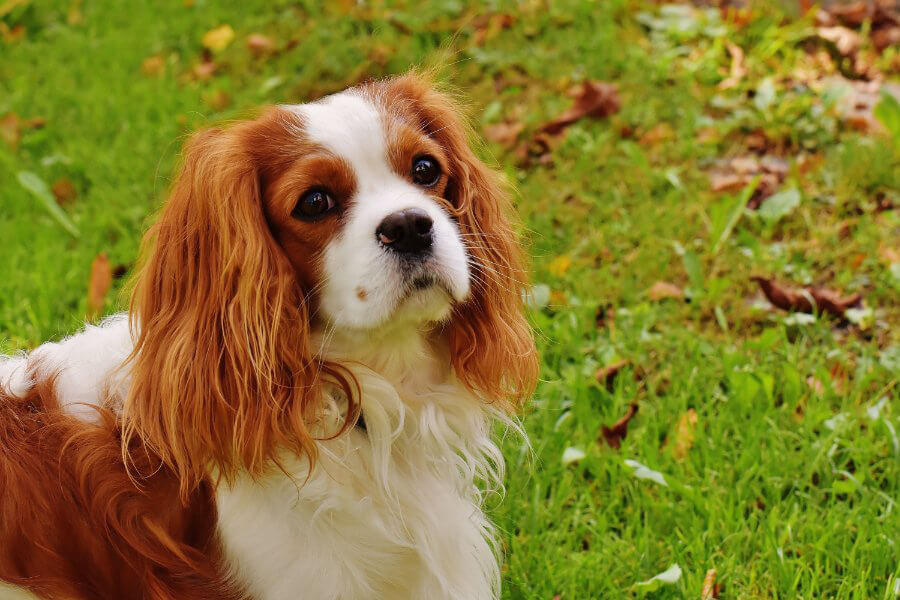
There are some health concerns that Cavaliers King Charles Spaniels are prone to. These include certain eye conditions like cataracts, and heart problems. To ensure you are buying a healthy puppy, always purchase from a licensed breeder. They will perform DNA tests to check if any underlying health issues are present.
Some of the more common medical conditions seen in this breed include:
Heart Disease – Heart failure is the leading cause of death in this breed. Most of these are caused by a weakening of the mitral valve, which can be detected as a heart murmur. Tests can be performed by your vet to determine the severity of the disease.
Patella Luxation – This causes the kneecap (patella) to slip out of its usual position. It’s often the result of skeletal deformities that can be present from birth. Keeping your dog at a healthy weight will help to keep this issue under control.
Intervertebral Disc Disease – Cavalier King Charles Spaniels are predisposed to developing this condition. However, maintaining a healthy weight and providing steps or ramps to high places in your home can prevent unnecessary strain on the body. This condition is characterised by the slipping or rupture of the spongy discs, which can put pressure on the spinal cord.
Ichthyosis – A condition that causes thick paw pads and dry flaky skin that looks like fish scales. Medicated shampoos and fish oil supplements can help to control the condition.
Brachycephalic Obstructive Airway Syndrome (BOAS) - Restriction of the airways which can affect short-nosed breeds such as Cavalier King Charles Spaniels. Look out for exercise intolerance, heavy panting, and regular coughing.
Dry Eye – A condition that causes a lack of tear formation in the eyes. This can cause redness, irritation, and even blindness if not treated.
Hip Dysplasia – An inherited disease that prevents the hip bones and socket from developing properly during growth. This can cause early onset arthritis and mobility problems.
Cavalier King Charles Spaniels make great playmates for kids who will enjoy throwing a ball for them, teaching them tricks, joining in dog sports, or simply having them on their lap while reading or watching television.
However, it's always a good idea to supervise all interactions between a child and a Cavalier King Charles Spaniel because these small dogs can easily be injured during rough play.
Cavalier King Charles Spaniels are highly social, so they generally get along well with other dogs and cats, especially if they have grown up together. Always introduce new pets slowly and carefully. Never rush an introduction as this can lead to territorial behaviour and aggression from both parties.
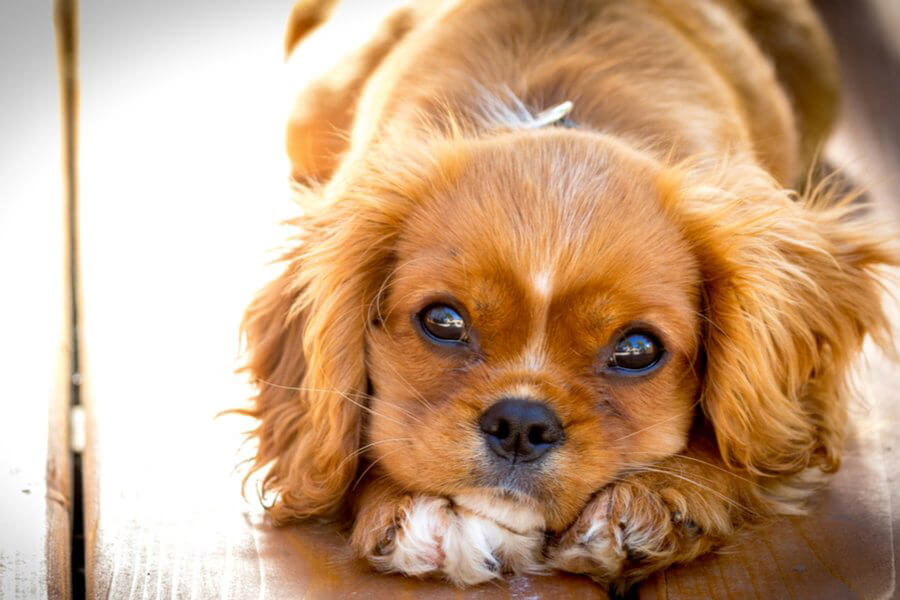

We can connect you with Breeders that are specialized in this particular breed.
See available puppies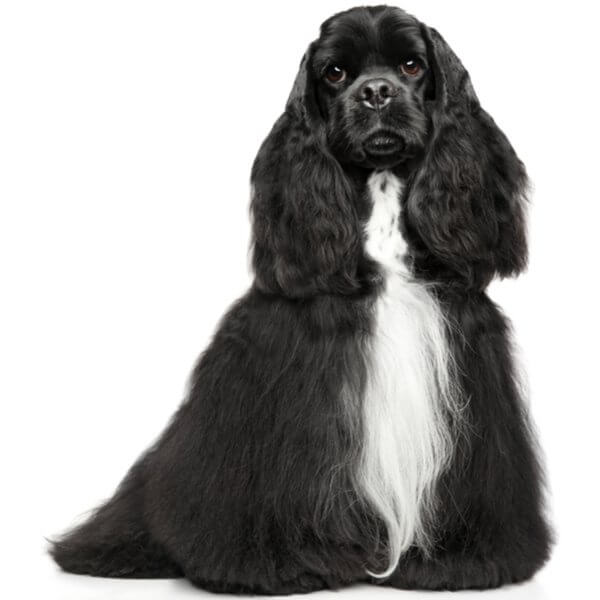
United States of America
Size : Medium
Coat : Long
Registration : KC, FCI, AKC
Exercise : 1 hour
Training : Easy
Grooming : Everyday
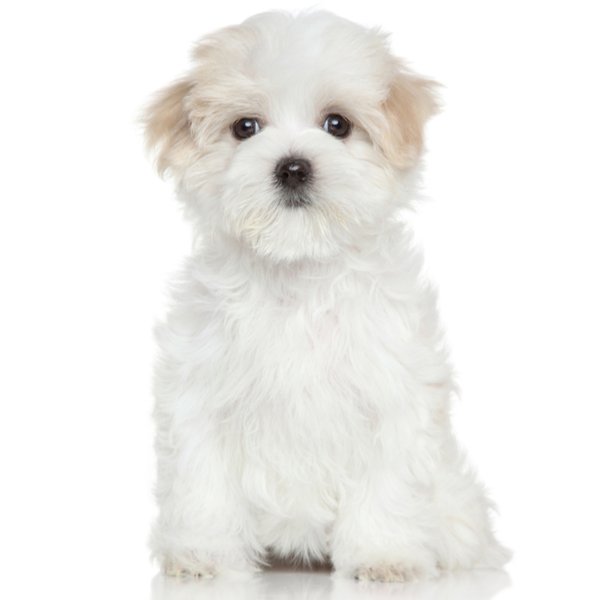
Malta
Size : Small
Coat : Long
Registration : KC, FCI, AKC
Exercise : 30 minutes
Training : Medium
Grooming : Twice a Week
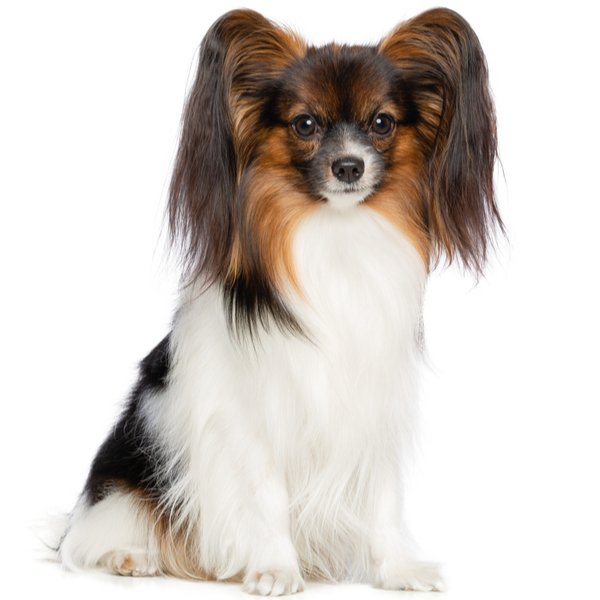
France
Size : Small
Coat : Long
Registration : KC, FCI, AKC
Exercise : 30 minutes
Training : Easy
Grooming : Once a Week
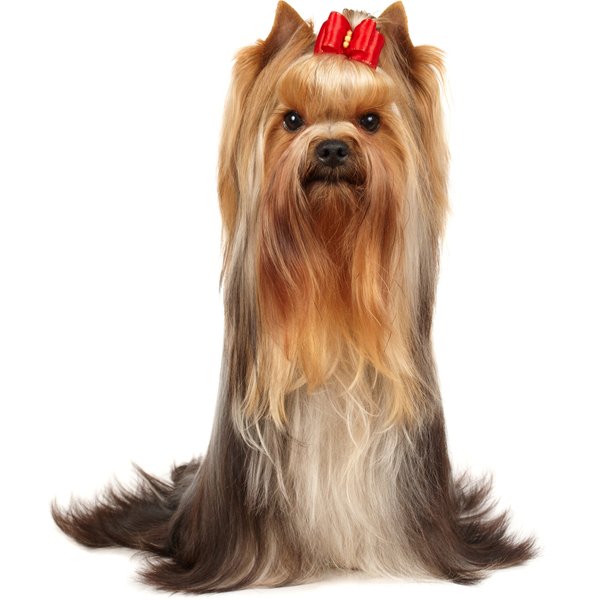
United Kingdom
Size : Small
Coat : Long
Registration : KC, FCI, AKC
Exercise : 30 minutes
Training : Easy
Grooming : Twice a Week


Need some advice?
Whether you're a first time pet owner, an experienced pet owner, a new or long-time breeder, or just curious about pets, we've got you covered!

January 17, 2024
What Is The Personality Of Russian Blue Cats?
Russian Blue cats are most known for their distinctive shimmery blue-silver coat and piercing green eyes. However, this breed’s calm and gentle temperament is what makes them shine the most in the feline world.

January 17, 2024
10 Facts About Russian Blue Cat Breed
Russian Blues are one of the most aesthetically stunning cat breeds, with a gorgeous plush silvery coat and vibrant green eyes. However, it’s not only their appearance that is beautiful; their nature is too.

January 17, 2024
How To Choose The Right Cat Breed for You
Cats can make the most fantastic animal companions; they are adorable, friendly, and loving. However, not all felines are created equal. There are many different breeds, of which each has its unique personality traits.
Need some help?
Contact us to speak to our friendly advisor, who will gladly help you find your dream pet!



We are registered in England and Wales under registration number 12568840,
and our registered office is at 58-60 Kensington Church Street, W8 4DB London, England.
© 2023 The Pedigree Paws